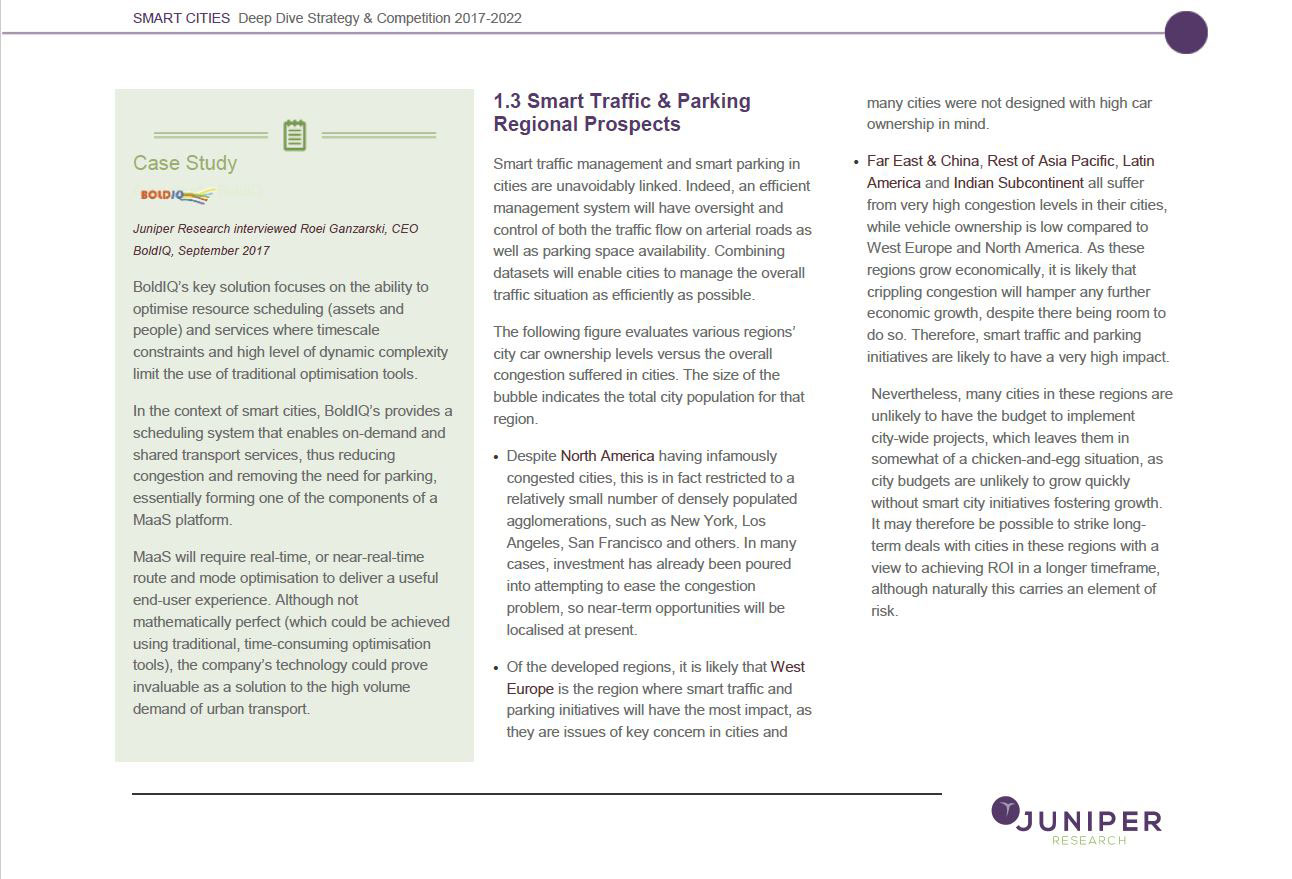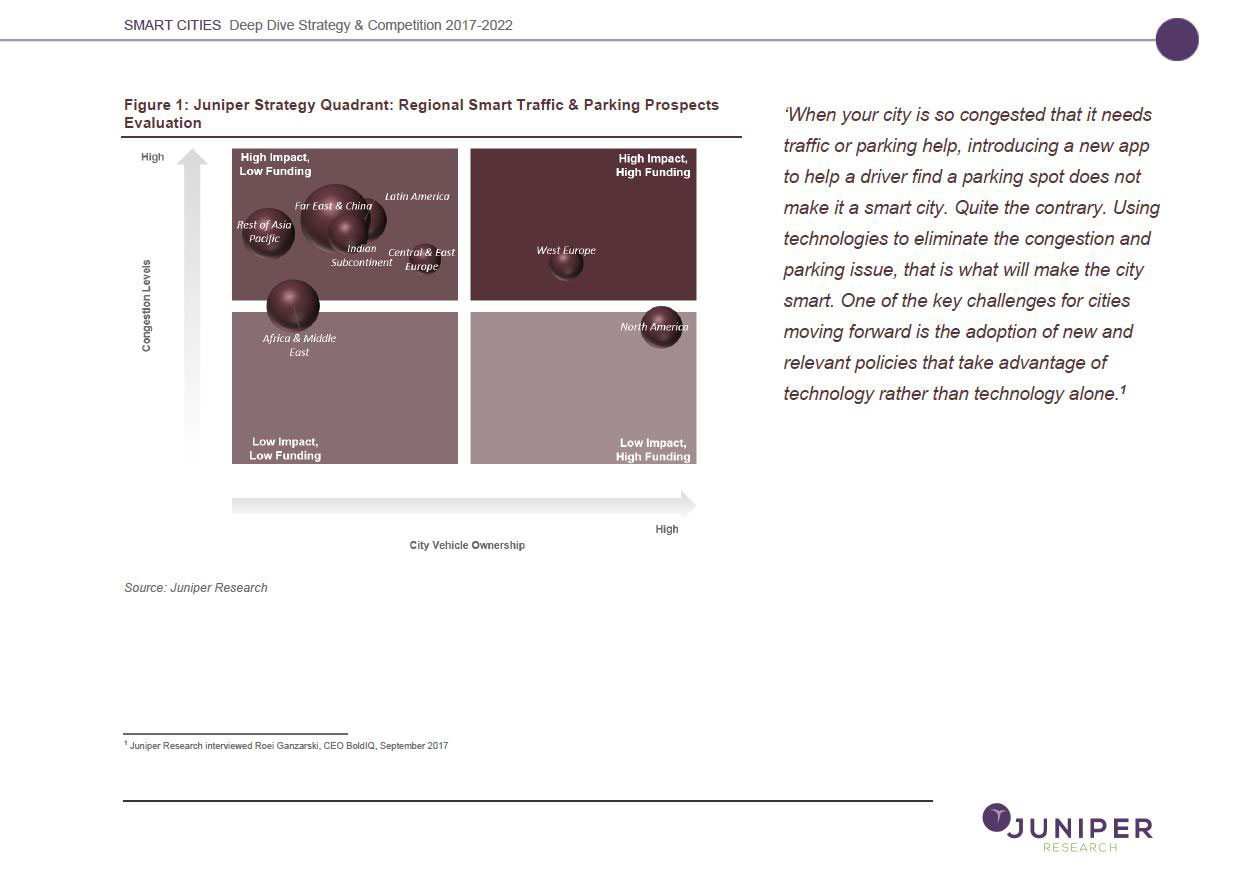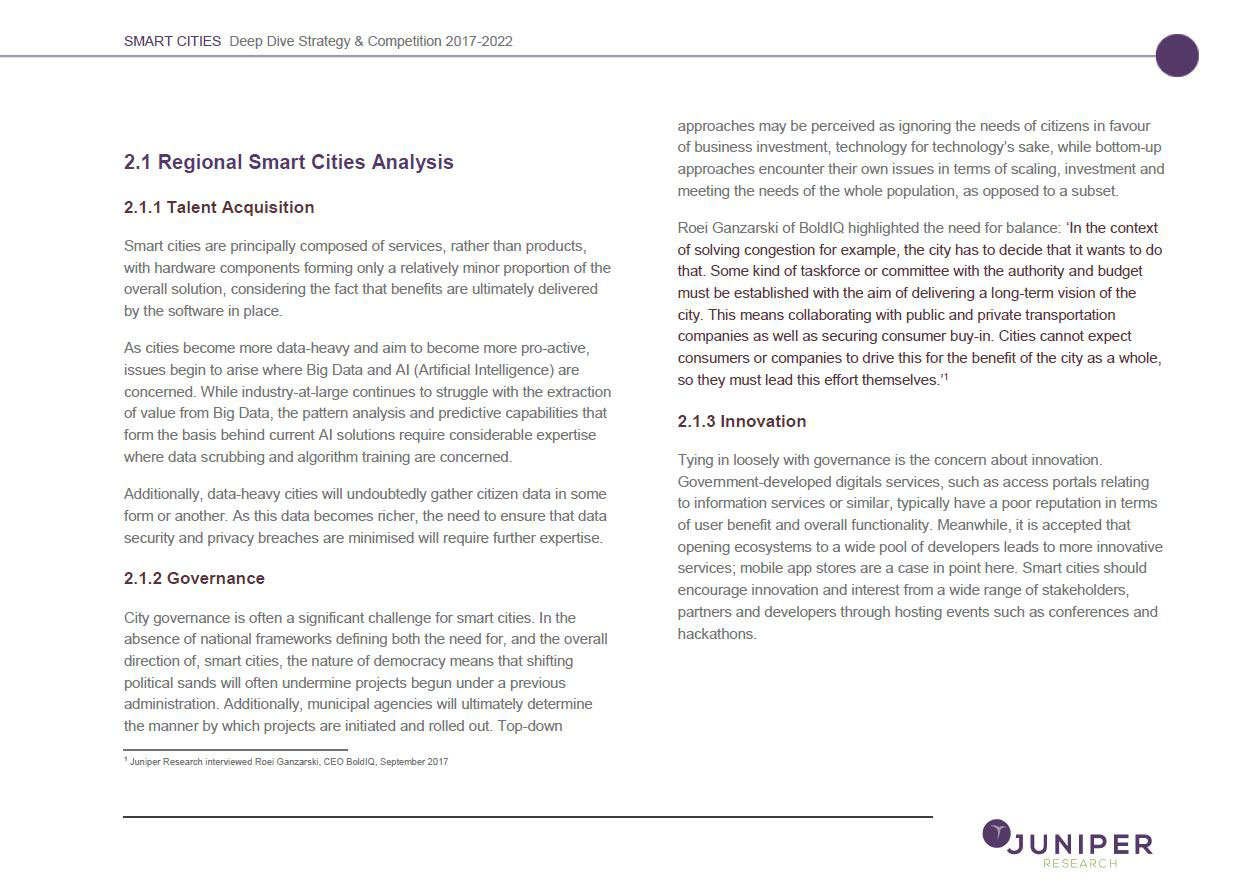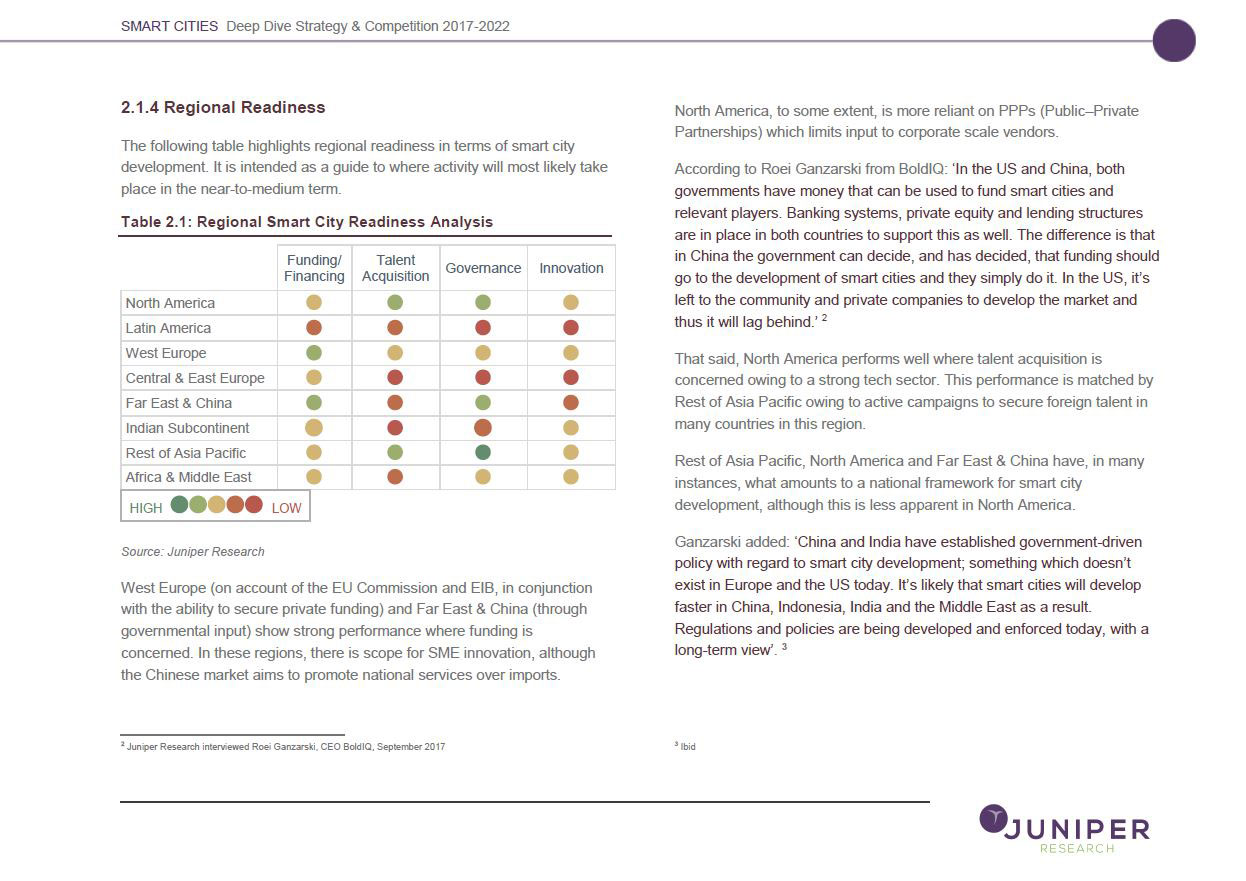BoldIQ recognized as one of 8 top stories of 2017 by Seattle24X7
Seattle24x7’s Top Stories for 2017

It’s time to recap a few of the highlights in another breakthrough year for the region’s ongoing leadership in Internet commerce and content.
In 2017, Seattle saw the light at the end of a new tunnel (nicknamed Bertha) connecting points north and south along the downtown corridor. We anchored the tenancies of more of the world’s tech titans (Google, Facebook. et al.) — forming a world-class hub for remote engineering on South Lake Union (“Silicon Lake”). We ushered in the VR/AR revolution with new hardware and software standards. We funded the next generation of our academic community’s computer science program. And we continued our prominence in E-tail, online travel, real estate and gaming, including the hosting of Valve and Steam Software’s DOTA2 Finals with its epic, ten-million dollar first prize.
Here’s a sampling of the digital ink we spilled across our desktops at Seattle24x7 in 2017:
All About Amazon: Why “Day 1” Will Always Be Groundhog Day
How Amazon systems have been designed to affirm the very best practices in fostering a forward-thinking corporate ecosystem. View Article
Crunching the Numbers: From USAFacts to OED’s Business Decision Engine
Steve Ballmer was born a numbers guy. The former Microsoft CEO and NBA team owner describes how he is applying the empirical, numerical truth to evaluate governmental performance with USA Facts. View Article.
A Fierce Conversation with Susan Scott: Keeping It Real, Making it Work, Anonymous Trolls, Preposterous Trump and Ferocious Success
Susan Scott, one of the most sought-after self-improvement and HR counselors and keynoters in America, explains why we must pierce the din and clutter with Fierce Conversation.
View Article
To Bing or Not to Bing, That Is Her Question
Christi Olson, the explainer-in-chief and Microsoft Evangelist for the Bing search engine, spotlights the differences between Bing and Google and why they could not be more profound. View Article
The PR for Which WE Stands
Melissa Waggener Zorkin made history with the founding of America’s first female-owned amd operated PR firm. Today WE Communications continues to make history for a roster of A-List clients on a daily basis. The story behind how WE functions at the forefront of the Internet era including “Jumping the Story Gap” and using the “Story Force” can now be told. View Article
Saving Lives — There’s an App for That!
After winning the MacArthur Foundation Genius award, UW professor and entrepreneur Shwetak Patel has
made the Apple iPhone a medical diagnostic device for measuring hemaglobin, bone density and human lung capacity with Senosis Health. View Article
Real-Time Software for the On-Demand World: BoldIQ Builds It One Solution at a Time
Roei Ganzarski is optimizing on-demand air travel, ground transportation, health care operations, and HR Staffing — from the inside-out. View Article
A Bird’s Eye View of Legal SEO
How founder Conrad Saam and Mockingbird are advising attorneys about best practices in digital marketing and totally legal SEO. View Article









